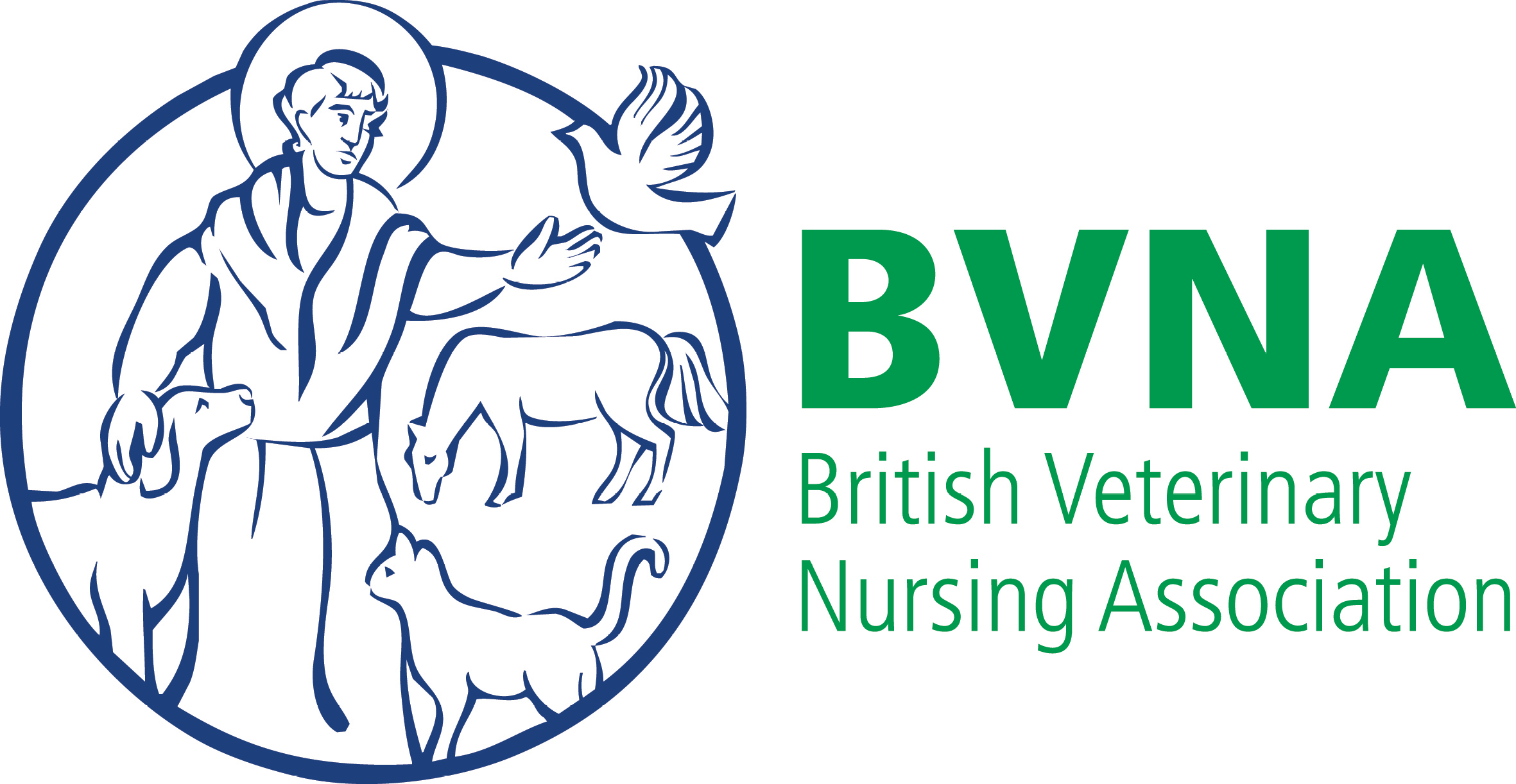Incidence of, and risk factors for, postoperative regurgitation and vomiting in dogs
John Davies and others, Washington State University
Postoperative regurgitation and vomiting not only affects the postoperative comfort of veterinary patients but may also lead to complications such as aspiration pneumonia, oesophagitis, oesophageal strictures, perforation and increased tension on sutures. There is limited data on the incidence of PORV but there is some evidence that it may be increasing due to factors such as longer surgical times with more complex procedures. The authors compared the PORV incidence and its clinical features in a total of 244 cases referred for non-elective surgery in 2000 and 2012. There was a 12.3% incidence of PORV among the earlier group of 111 dogs and a 13.5% incidence in the 133 dogs treated in 2012. Meanwhile, the incidence of regurgitation only (without vomiting) was higher in the 2012 group. These results show that there was no significant change in the incidence of PORV between 2000 and 2012 for dogs undergoing neurological, orthopaedic or soft tissue surgery although the proportion of dogs with regurgitation only did increase significantly The major risk factor for PORV was gastrointestinal surgery and the authors suggest that preoperative anti-emetic prophylaxis should be considered for those undergoing high risk procedures.
Journal of the American Veterinary Medical Association 246(3), 327-335
Behavioural changes in cats during short-term hospitalisation
Gareth Zeiler and others, University of Pretoria, South Africa
The ability of veterinary staff to detect pain in feline patients may be affected by the animal's individual temperament. The authors developed a demeanour scoring system to help highlight any changes in the animal's behaviour involving five behavioural groupings – friendly and confident, friendly and shy, withdrawn and protective, withdrawn and aggressive and overtly aggressive. This system was tested on 35 healthy cats undergoing three to five days hospitalisation. Their results suggest that the system was effective in detecting behavioural changes in these animals and that patients typically need two days to acclimatise to the hospital environment.
Journal of Feline Medicine and Surgery 16 (6), 499-503
Fentanyl reduces isoflurane requirement for rabbit anaesthesia
Linda Barter and others, University of California, Davis
Rabbits have a higher mortality rate under anaesthesia than other small animal species. So reducing the amount of gas needed for satisfactory anaesthesia in rabbits could potentially lead to safer surgery. The authors examine the effects of intravenous injections of the opioid fentanyl on the isoflurane inhalation rate needed to eliminate a response in rabbits to an electrical stimulus. Their findings show that fentanyl reduced the minimum alveolar concentration of isoflurane by around 60%. Although further studies are necessary on the cardiorespiratory effects of this combination, these results suggest that fentanyl is a useful adjunct to inhalation anaesthesia.
American Journal of Veterinary Research 76(2), 111-115
Monitoring the effects of phenylpropanolamine on blood pressure in bitches
Gilad Segev and others, Hebrew University of Jerusalem, Rehovot, Israel
Urinary incontinence due to urethral sphincter mechanism incompetence may occur in up to 20% of bitches following ovariohysterectomy Treatment for this condition may include oestrogen compounds and phenylpropanolamine, although the latter may cause side-effects of hypertension and tachycardia. The authors assessed the effects of PPA at doses of 1, 2 and 4 mg/kg bodyweight in healthy dogs. There were significant increases in systolic, diastolic and mean blood pressure at both the two higher doses, while the heart rate was actually reduced at all three doses. The authors describe a procedure for monitoring the effects of PPA on blood pressure.
Canadian Veterinary Journal 56(1), 39-43
Massage therapy for cats and dogs
Lisa Corti, Massachusetts Veterinary Referral Hospital, Woburn, Massachusetts
Therapeutic massage has been increasingly recognised as a useful component in the treatment for many different ailments in human medicine. The manipulation of soft tissues can have beneficial effects on muscle, the circulatory system, the nervous system and on mental wellbeing. The author explores the potential use of massage in companion animal patients. She describes the techniques that may be used in different patient groups to reduce swelling and oedema, restore function following prolonged recumbency to manage conditions like osteoarthritis and in the provision of palliative care. She also emphasises the importance of appropriate training in the use of these methods.
Topics in Companion Animal Medicine 29(2), 54-57
Assessment of postoperative pain in cats with different ovariohysterectomy methods
Brad Case and others, University of Florida
Laparoscopic ovariohysterectomy and laparoscopic-assisted ovariohysterectomy are well established techniques used in neutering female dogs but the difficulties of dealing with a smaller patient has meant that these techniques are less commonly used in cats. The authors assessed the duration of surgery complication rate and postoperative pain experienced by cats neutered using those two techniques, compared with conventional open surgery. Surgical time was significantly longer using laparoscopic-assisted OH than with the other two methods while open surgery caused significantly more pain than the two laparoscopic techniques.
Journal of the American Animal Hospital Association 51(1), 1-7
DOI: 10.1080/17415349.2015.1033379
• VOL 30 • June 2015 • Veterinary Nursing Journal
